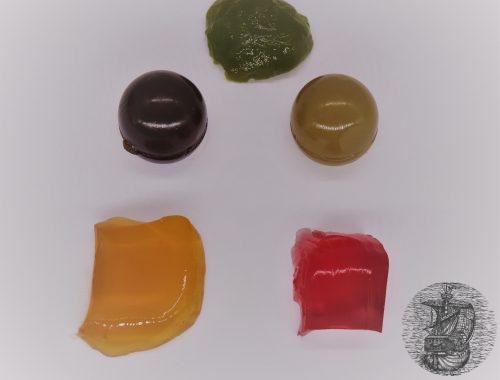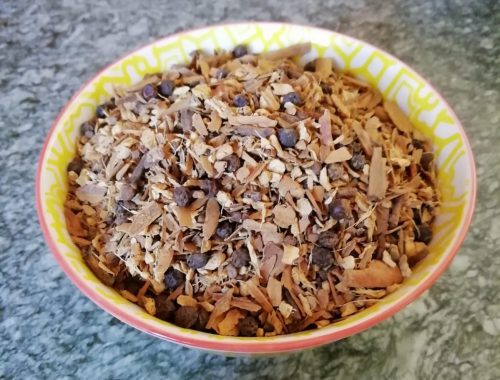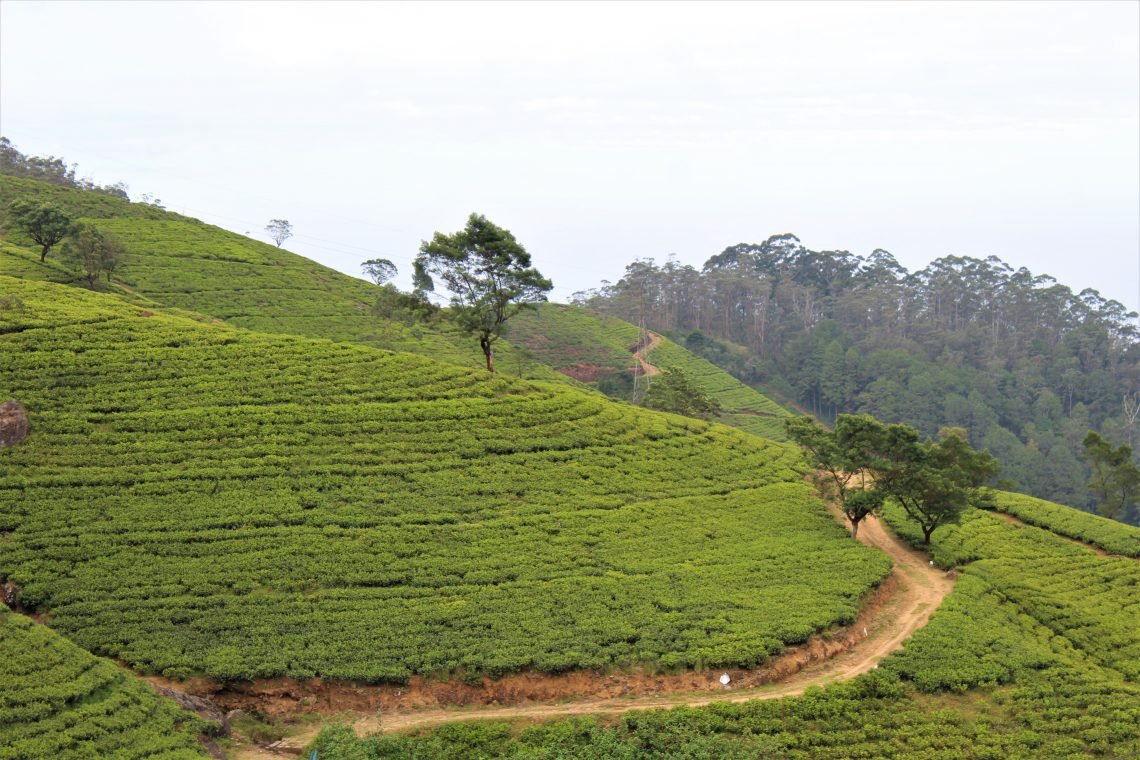
Camellia sinensis – the tea plant
Do you like tea?
I mean the tea made from the Camellia sinensis plant, which is black or green tea (today we will not talk about the yellow, blue-green and red tea)
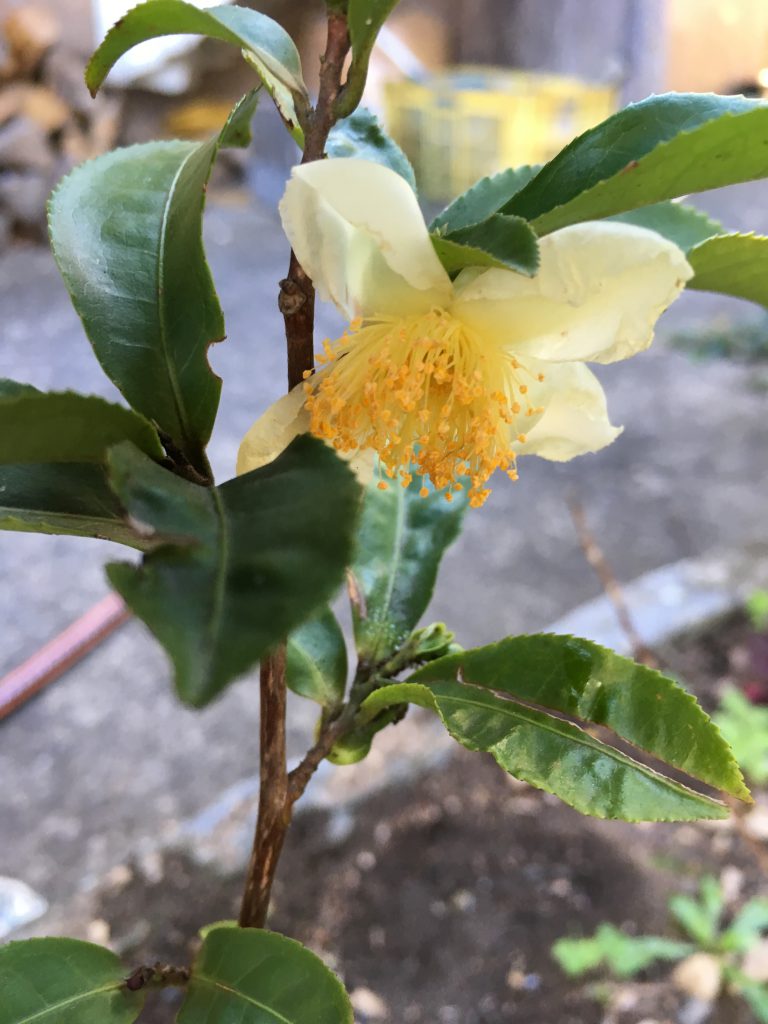
As a proverb from the Song Dynasty says:
“This drink is the dew, which falls lightly from the sky.”
History of tea
It’s not exactly known when the tea business started. In China, the tea plant has been cultivated for about 5000 years and there are still centuries-old plants. Initially, the tea was harvested by hand from the wild plants and later it was cultivated. Before becoming a drink, tea was used as a medicinal plant.
Camellia sinensis
The word tea implies that it comes from the plant Camellia sinensis. All other drinks made with flowers, herbs, fruits etc, must be called differently.
Green tea and black tea come from the same plant although until 1700 it was still thought that there were two different plants for black tea and green tea.
Camellia sinensis – cultivation
Wild plants can become trees up to 4 meters high and with trunks of about 50 cm in diameter. They have thin, narrow leaves. In the plantations or “Teagarden” the plants are cut at a height of 1-1.5 metres in order to reach the leaves more easily during harvesting. The plants are pruned so that they grow like a bush. After harvesting, the leaves are processed in different ways.
The Camellia sinensis grows in all tropical and subtropical areas, in the plain and in the mountains. The highest production areas are in the Himalaya or in the Yunnan mountain area in China (up to 3400 m.a.s.l.). The closer the plantation is to the Equator, the longer the harvest period is. Open leaves and buds are harvested, often two leaves with a bud.
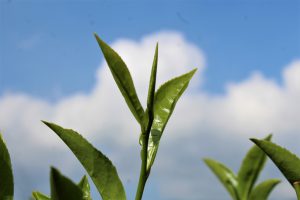
Tea plantations are often found alternated with fruit tree plantations. When the fruit trees bloom, they expand their scent on the tea plants. There are qualities of tea that, for this reason, taste slightly like fruit.
Which teas contain caffeine?
All teas produced by the Camellia sinensis plant contain caffeine. Depending on the preparation, the caffeine content may vary. During the first 2-3 minutes in the water the caffeine is released, only after 3 minutes the theanine which is considered as antagonist is also released (which is not to be confused with theine, which is the same substance as caffeine). Dry tea contains more caffeine than coffee, but because less grams of tea are used per cup, a cup of tea eventually contains less caffeine compared to a cup of coffee. In coffee, the caffeine release is faster, so it wakes you up more. The caffeine content in green and black tea is almost the same. But green tea releases caffeine more slowly, so it wakes up less, but the effect is more long-lasting.
In warm countries, tea is traditionally enjoyed hot.
For example, in Morocco or Tunisia, hot green tea with mint is drunk, and in Kuwait or Saudi Arabia, strong, hot black tea is drunk. The tea is drunk hot because this way the body starts to sweat and the sweat refreshes you. Cold drinks, on the other hand, warm up the body.
Fermentation or oxidation?
Fermentation
is a chemical reaction catalyzed (= accelerated) by the presence of microorganisms (= living organism with dimensions < 0.1 mm). It can be spontaneous or induced. Fermented foods are for example sauerkraut or yoghurt.
Oxidation
It’s a chemical reaction that modifies a substance with the presence of oxygen.
So black tea is oxidized
Camellia sinensis – the processing
Harvesting/Plucking
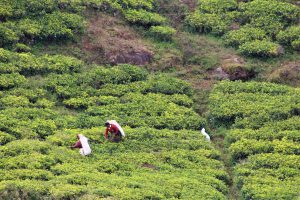
Harvesting takes place early in the morning to prevent the high temperatures of the day from triggering oxidation. It is almost always done by hand. In some countries there is also harvesting with machinery.
Withering
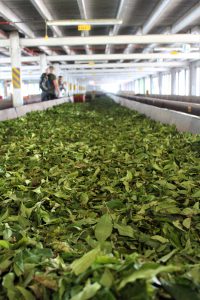
After harvesting, the leaves need to be dried, which makes them suitable for all types of tea. The leaves are distributed on a carpet and left to wither outside in the sun or in the shade or inside on racks. Sometimes this process is speeded up by air currents from fans. This process lasts from 8 to 24 hours and causes the loss of 30% of the leafs weight. Then the leaves are soft and ready for the next step.
Rolling
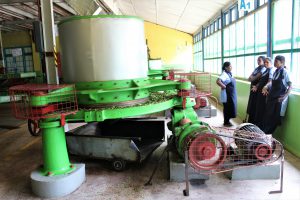
Then, the rolling takes place, with the aim of breaking the walls of the cells of the leaves. When the cell walls are broken, cell juice comes out and, together with oxygen and in the presence of enzymes, an oxidation reaction takes place. Rolling can be done by hand or mechanically.
Oxidizing
Oxidation is the most important step in the processing of tea and lasts between 2-3 hours. Depending on the duration of the oxidation you will then have a green, yellow, green-blue or black tea. The oxidation is interrupted with heat, the leaves are heated to 70°C/100°C, so the degradation of the enzyme takes place and consequently the oxidation stops. In China the oxidation process is interrupted with dry heat while in Japan they use humid heat (steam).
Drying

After oxidation, drying takes place, which again causes a loss of weight. The processed tea weighs only 10%-30% of the fresh leaf.
The tea leaves are sieved and divided into 4 groups:
- Whole leaves: very delicate, high quality, to be enjoyed pure
- Broken tea: cut leaves, stronger, very good with sugar and milk
- Fannings: used almost only in sachets, can be drunk with milk, sugar or lemon
- Dust: very strong and often bitter and astringent tea, always drunk with milk and sugar, almost impossible to find in Switzerland, Germany or Italy but very popular in England, India and Pakistan.


